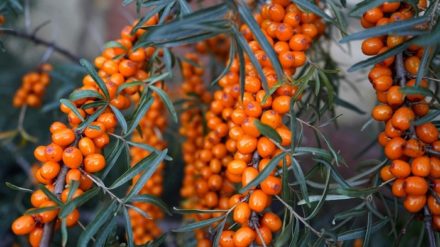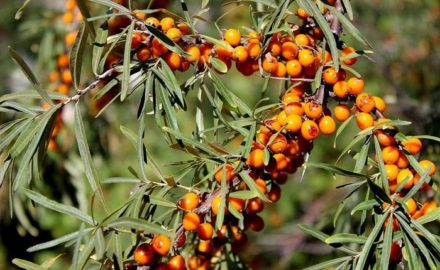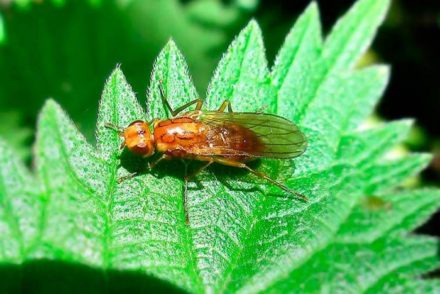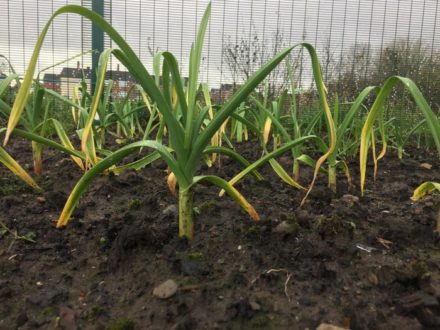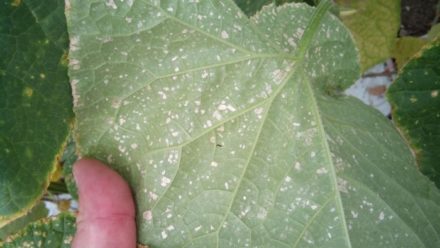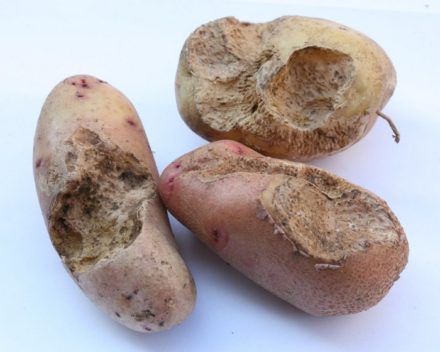The sea buckthorn fly is a pest that can almost completely destroy a crop. To protect against this dangerous enemy, it is very important to take timely measures to save trees.
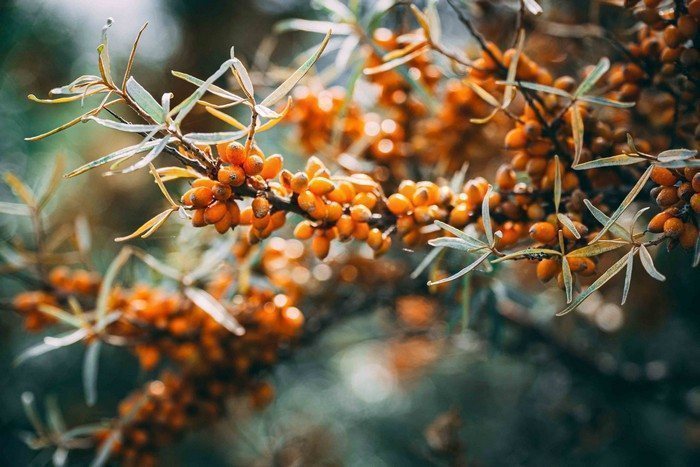
Features of the pest
The sea buckthorn fly is a small (3.5 to 5 mm) dipterous insect with a striped body.
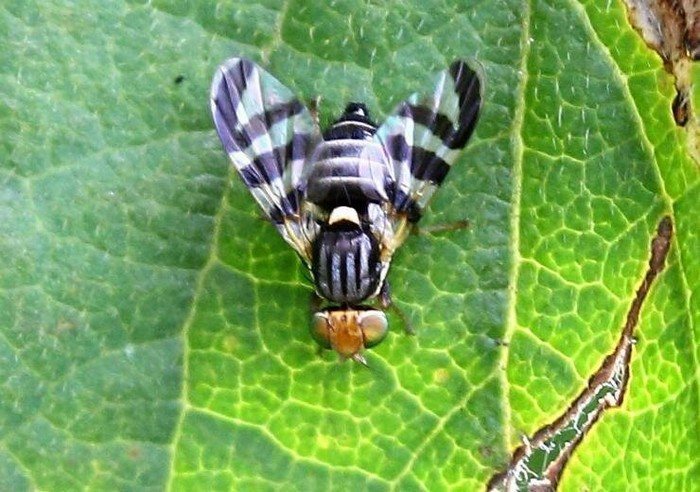
From mid-June to mid-July, adult individuals lay eggs under the skin of unripe berries, and within a month a new generation of the pest appears. The white, worm-like larvae immediately begin feeding, eating the inside of the berries and leaving behind a darkened and dried out peel. The fed larvae fall to the ground and pupate in the soil, where they overwinter. Adult flies emerge from false cocoons the following summer. Warm early spring contributes to this, and cold and damp weather, on the contrary, reduces the number of the pest.
The sea buckthorn fly is widespread mainly in Altai, Western Siberia and the Urals.
Damage caused
The harmfulness of the fly is extremely high: in favorable years, it can destroy up to 90% of the crop.
After birth, the larvae gnaw passages inside the pulp of the fruit and soon eat it completely. One individual can damage up to 5 berries, which as a result wrinkle, darken and dry out on the branches.
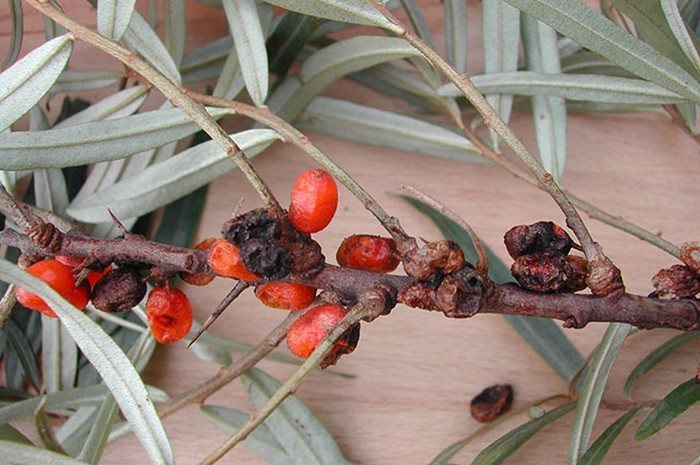
The first symptom of sea buckthorn fly infection is small colored spots on the berries in which eggs were laid. Such fruits ripen noticeably ahead of schedule.This is a sign that you must pay attention to - it serves as a signal that it is time to protect the crop.
Prevention of occurrence
It is best to take measures against the sea buckthorn fly in advance. Prevention is based on the fact that the pest overwinters in the soil.
Ways to protect your garden:
- Mulch the tree trunk circles. The mulch layer should be dense, at least 10 cm thick. Sawdust or peat will do.
- It is better to use plastic film that is black and opaque - weeds will not be able to grow under it. The edges must be covered with earth so that the pest has no chance of getting out.
- Replace mulch with plant debris: grass clippings or weeds that have not produced seeds. They are gradually laid around the trunks of sea buckthorn. By mid-summer, a sufficient layer has formed to make it difficult for insects to fly out.
- Sod the soil near the trees. In this case, it will warm up less strongly, and the emergence of flies will become less widespread.
- Grow late-ripening varieties. There are no varieties that are completely resistant to the fly, but sea buckthorn with early ripening is more affected.
Do not dig up the soil in tree trunk circles. The root system of sea buckthorn lies close to the surface, so there is a risk of damaging it.
Fighting a fly
If the pest does appear, it will have to be dealt with with special means.
If the number of infected berries is small, they can be collected by hand and destroyed. If the number of larvae is large, spraying with Fitoverm will be effective.This is a biologically based drug, so it is safe for people and can even be used on ripe berries.
Prepare the working solution according to the instructions. Drug concentrations may vary from manufacturer to manufacturer, so be sure to read all recommendations on the label.
Fitoverm destroys sea buckthorn fly larvae - it must be used after they have appeared. Spraying is carried out twice: in the process, up to two liters of solution should be used per tree.
The sea buckthorn fly is very harmful, so it is necessary to start fighting it in a timely manner, otherwise you can completely lose the crop.


